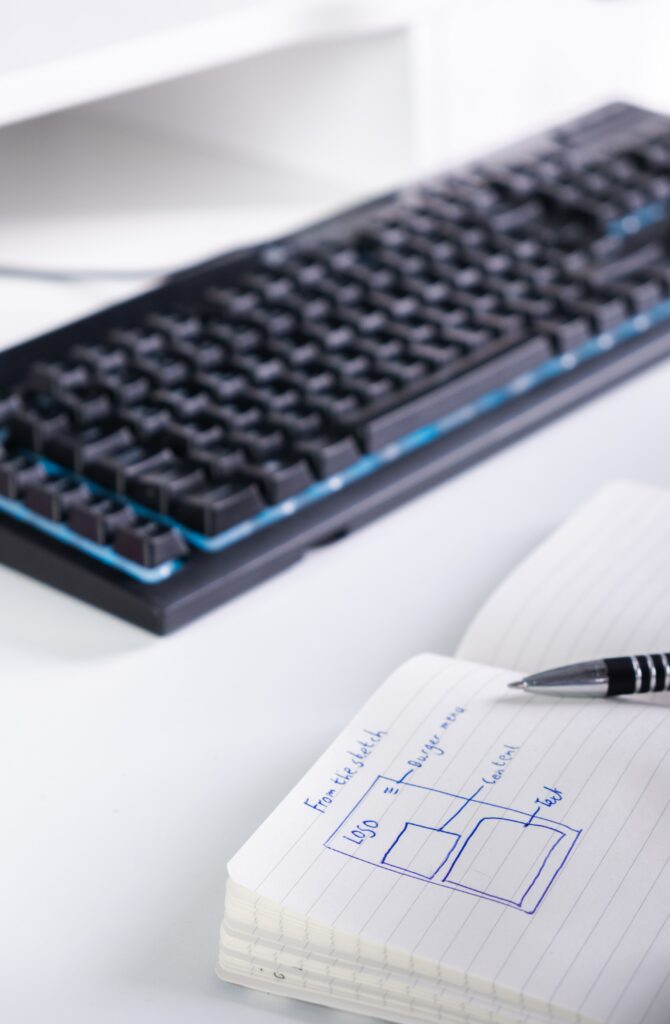
This week, I did a tutorial on sketchnoting. It is the process of taking notes with a mix of visuals, such as drawings, shapes, writing, typography, and other visual elements. Taking notes this way allows for more effective remembering, as the brain is making connections to important words and visual cues. At first glance, I was worried about the drawing aspect, thinking I would have to be good at drawing to make sketchnotes…but that is not the case! The goal is to make simple doodles that enhance the overall and important ideas. My biggest takeaway was the section on sketchnoting without drawing. There are still several ways to enhance notes visually in this section! Simply vary the font, style, or SIZE of the written information or enhance the layout by
separating
or—–>connecting<—- ideas with arrows and shapes.
- Check out these videos to learn more on sketchnoting
- The Basics of Visual Notetaking- https://www.youtube.com/watch?v=gY9KdRfNN9w
- How to Sketchnote without Drawing – https://www.youtube.com/watch?v=oNQJReku9Gw
Applying the Multimedia Principle

I used what I learned from the sketchnoting tutorial and applied it to my notes when reading about the multimedia principle.–> The overall reasoning to the principle is similar to that of sketchnoting, except has a focus towards graphics within e-learning. It is said that incorporating words and graphics, or in other words, making a multimedia presentation, promotes a more active learning environment and deeper understanding. Different types of graphics will have varying levels of impact. Static graphics, such as drawings, graphs, charts, maps, or phots are easier to connect multiple concepts throughout the lesson. Dynamic graphics, such as videos or animations are used to focus more closely on procedural practices. It is important to note that the graphics should be instructional and supportive of main ideas, rather than decorative to fill space.
In the end, the multimedia principle is the proposition that improved e-learning takes place when customized visuals and animated demonstrations are incorporated.
Applying the Multimedia Principle
Photo by Moritz Kindler on Unsplash





